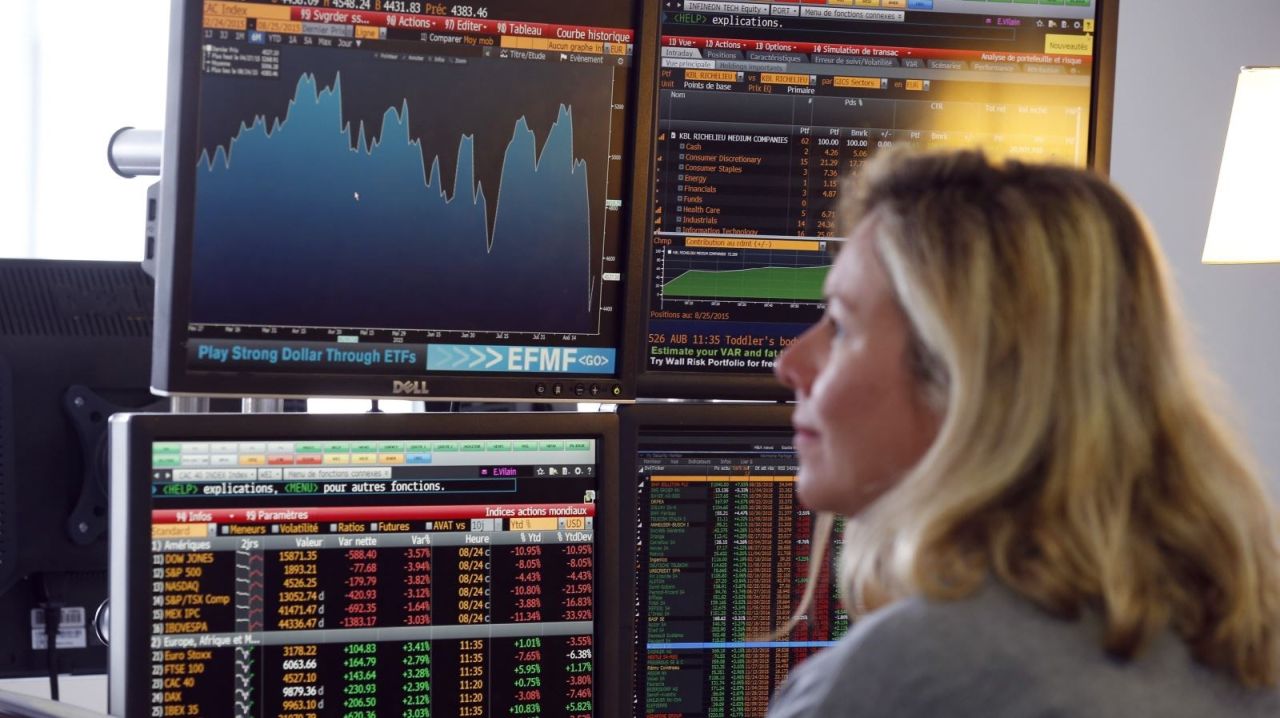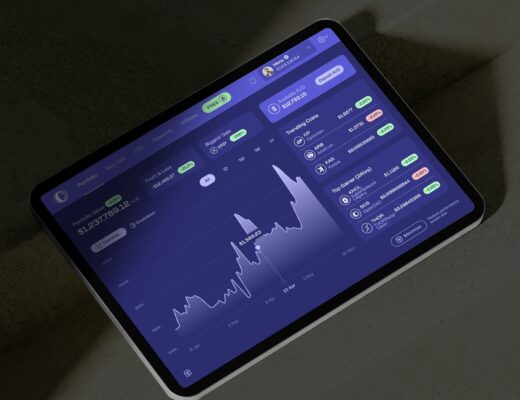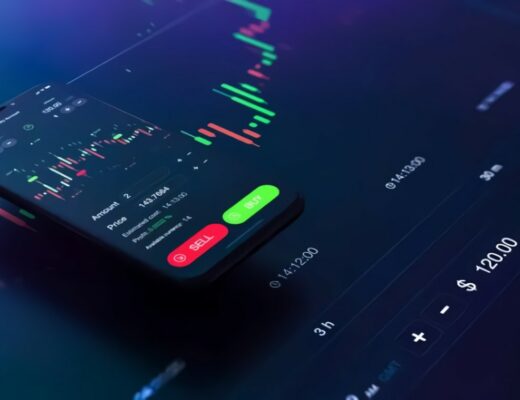Volatility index: features and functions of the tool
The volatility index, or VIX, is an instrument for trading on an exchange for which option values are used. These prices show the market sentiment taking into account the probable volatility of the S&P 500 index.
The second name of the instrument is the fear index. It started to be used on the Chicago Stock Exchange in 1993. The index was created to assess market expectations within 30 days. The first variant of calculation is based on at-the-money options market indices of the S&P 100 Index.
In 2003, the volatility index algorithm was improved. The modern version is based on the S&P 500 Index (SPX) and shows the expected volatility by waiting for the value of SPX options. The latter are selected from an extensive list of strikes with specific weights. By using SPX, the new VIX calculation methodology from the theoretical idea category has evolved into an important tool for trading and hedging volatility.
In 2004, the first futures contract on this index appeared. After 2 years, the Chicago Stock Exchange began to use VIX-options, which became the most successful instrument in the history of the trading floor.
In October 2008, a historical high was recorded. The volatility index was 89.53. The minimum index was observed in 1993 – 8.89. In the period from 1990 to October 2008 the value of VIX is considered average, it was registered at the level of 19.04.

The main concept of index calculation is directly related to the theory of using volatility swaps. These market instruments are part of a class where Variance Swap is considered the basic concept. It is a forward contract, calculated on the annual value of dispersion and volatility square, which is already implemented. The contract delivery price is also used to identify the payment for the period of operation.
The method of price analysis in VS is used in some cases for VIX as well. Valuation of Variance Swap is performed by means of swap replication process taking into account the option portfolio. The main principle in this case is a log-contract or an exotic option on a futures or stocks. Its hedging guarantees a payout equal to the price yield variations of the futures.
The Moscow Stock Exchange also plans to use a volatility index. According to experts, this instrument will allow analyzing the Russian market and expanding opportunities for traders and institutional investors. The index will be calculated every 15 minutes of exchange operation.
The volatility index is a convenient tool for analyzing activities on the stock exchange. Its result influences the state of trades and makes it possible to predict the behavior of options within 30 days.










